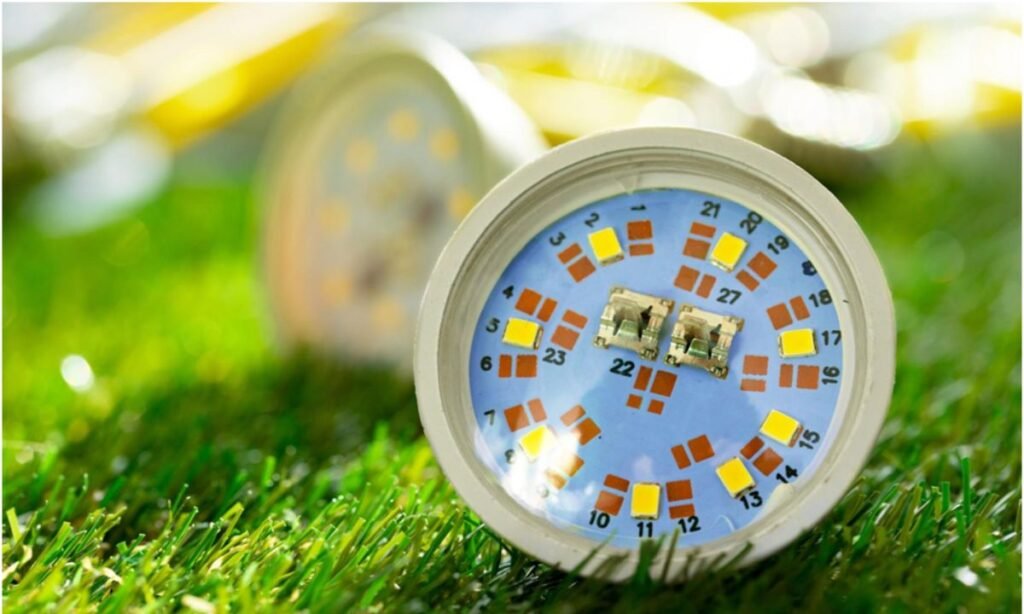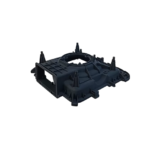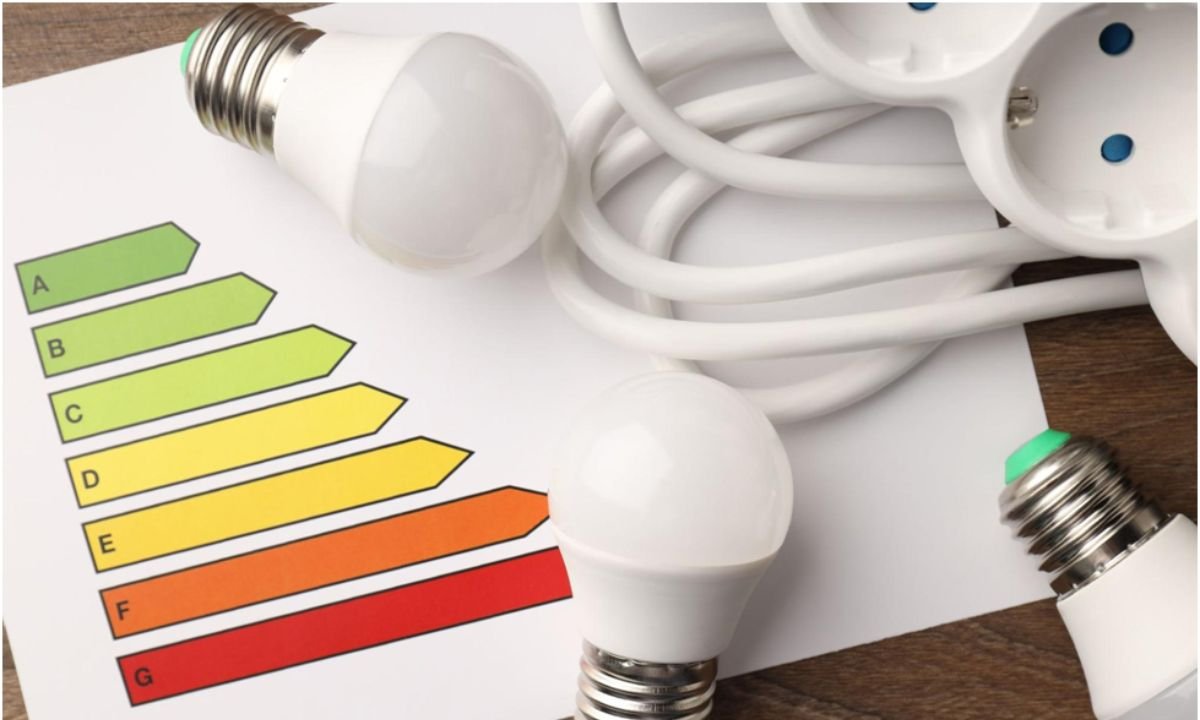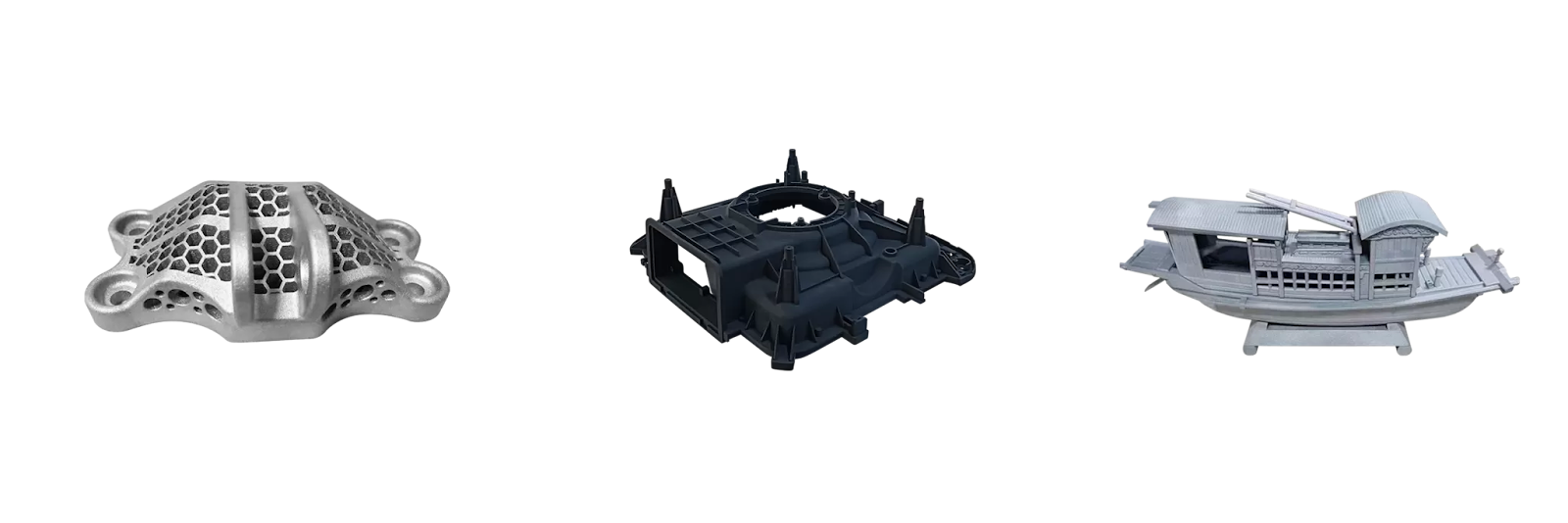From the first controlled flame to the iconic glow of the incandescent bulb, humanity’s quest to conquer the darkness has been a story of constant innovation. Lighting is more than just a utility – it’s a fundamental technology that shapes the atmosphere of our house, the productivity of our workplaces, and the safety of our public spaces. Today, we are in the midst of the most significant lighting revolution in over a century, driven by a compact and highly efficient technology: the LED (light emitting diodes). Its rapid adoption has made it the dominant force in the industry.
This article will provide an exploration of why LED lights have earned this top spot. We will delve into the core advantages that make them the superior choice among modern lighting products, from their profound impact on energy consumption to their exceptional longevity and design flexibility. By understanding the distinct benefits of this modern light bulb technology, you can make an informed decision about why switching to LED is a smart investment for virtually any application. We will examine the data and details behind the extensive range of solutions that have made LEDs the undisputed winner in modern illumination.
The core of efficiency – how LEDs save money and energy
The single most significant advantage driving the global shift to LED technology is its radical energy efficiency. To understand this benefit, it’s best to contrast how different light sources work. Traditional incandescent lamps are, fundamentally, small heaters that produce light as a byproduct. When electrical energy flows through their filament, over 90% of that energy is wasted and radiated away as heat, with only a tiny fraction converted into visible light. This is a highly inefficient process, a relic of 19th-century technology.
Light emitting diodes (LEDs) operate on a completely different, modern principle. They are semiconductor devices specifically designed to convert electrical energy directly into photons of light with minimal heat loss. This fundamental difference in operation yields dramatic results. According to the U.S. Department of Energy, residential LEDs use at least 75% less energy than their incandescent counterparts to produce the same amount of brightness. For consumers, this directly translates into saving money on electricity bills month after month.
This superior performance is best measured by a metric called luminous efficacy, or lumens per watt. It tells you how much light (lumens) a light source produces for each watt of power it consumes. The comparison is stark:

As the data shows, an energy efficient LED lamp can produce many times more light than other light sources while consuming the same amount of power. Furthermore, LEDs are directional, meaning the light they produce is focused where it is needed. Incandescent lamps emit light in all directions, and much of it gets trapped and absorbed by fixtures and reflectors. An LED’s focused output means less light is wasted, enhancing the overall system’s efficiency even further. This profound improvement in converting electricity to light is the foundation of every financial and environmental benefit that LEDs offer.
Built to last – the unmatched lifespan and durability of LED
Beyond the immediate savings on energy bills, the economic and practical advantages of LEDs extend to their remarkable operational life and physical resilience. While an incandescent bulb was designed to be a frequently replaced consumable, light emitting diodes are engineered for longevity, fundamentally changing how we think about the lifecycle of a light source. The difference is best understood through a simple, practical analogy. A typical incandescent bulb may last for around 1,000 hours. If you use it for three hours a day, you will be replacing it in less than a year. A common LED, rated for 25,000 hours, would last over 22 years under the same conditions. This drastic reduction in replacements saves not only money on new bulbs but also time and effort.
This durability is not just about lifespan; it’s built into the very physics of the technology. LEDs are “solid-state” devices. This means the light is generated from a solid piece of material, without fragile filaments that can burn out or delicate glass components that can shatter. This inherent toughness is often enhanced by reputable manufacturers who use high-quality, durable materials like shatter-resistant polycarbonate lenses and aluminum bodies that effectively manage heat, further preserving the diode’s lifespan. The result is a light source that is highly resistant to shocks, vibrations, and impacts that would easily destroy an incandescent bulb.
This combination of a long lifespan and robust construction makes LEDs the ideal choice for demanding environments. For outdoor lighting, this resilience is paramount. LED fixtures are perfectly suited for year round use, demonstrating exceptional performance in both freezing winter temperatures and summer heat. Their solid-state nature ensures they can withstand vibrations from passing traffic and the physical stress of wind and rain. This makes them a reliable, low-maintenance solution for illuminating gardens, pathways, and building facades, ensuring consistent performance for years, not months.
A spectrum of possibilities – design flexibility and versatility
The true genius of LED technology reveals itself when we move beyond metrics of efficiency and lifespan and into the realm of design. Because the LED itself is so small, it has freed lighting from the constraints of the traditional light bulb. This miniaturization has empowered designers and homeowners to create and illuminate in ways that were previously unimaginable, allowing light to be integrated directly into our architecture, furniture, and daily lives. It’s a technology that doesn’t just light a room; it allows you to design with light itself.
From general lighting to ambient lighting
Every well-designed space uses layers of light, and LEDs make creating these layers effortless. Think of general lighting as the primary, functional light in a room—the bright, even glow from a ceiling fixture that lets you see clearly and perform tasks. But a room truly comes alive with ambient lighting. This is the softer, mood-setting layer—the warm glow from table lamps in the corner, the gentle wash of light from wall lights, or the accent light that draws attention to a piece of art. Because LED lights are available in countless forms and shapes, you can easily combine different fixtures to build depth and suit the exact feeling you want to achieve, whether it’s cozy and intimate or bright and energizing.
The revolution of linear lighting – LED strip lights
Perhaps no product better illustrates the versatility of LEDs than the led strip lights. Also known as led tape lights or simply led strip, this product is a flexible circuit board with LEDs spaced along its surface. Often sold in various lengths with an adhesive backing, its installation is incredibly simple, allowing it to be placed where bulky, hot bulbs could never go. Imagine creating a “floating” effect by hiding a strip under a sofa or bed frame. Picture a kitchen where the countertops are perfectly lit by a seamless line of light tucked away under the cabinets. You can use them in ceiling coves for an indirect, architectural glow, or behind a TV to reduce eye strain and add a dramatic backdrop. This single product has opened up a new world of discreet, integrated, and creative lighting design.
A world of colour and brightness
LEDs give you unprecedented control over the very quality of light. You can choose the perfect colour temperature, from a cozy, gentle warm white that mimics the familiar glow of an incandescent bulb, to a crisp, neutral white that’s ideal for task areas, to a cool, daylight-like white that promotes focus. But the control doesn’t stop there. RGB (Red, Green, Blue) LED lights can produce millions of various colors, allowing you to literally paint your walls with light to match your mood or décor. Crucially, the brightness of nearly all LED lights can be controlled with a dimmer. This means a single fixture can serve multiple purposes—bright for cleaning or working, then dimmed down to a soft glow for relaxing in the evening.
Illuminating every space – indoor and outdoor applications
Let’s take a walk through a modern, LED-lit home. In the living room, adjustable led spotlights in the ceiling provide clear general light, which can be dimmed for movie night, while a decorative table lamp adds a warm, ambient pool of light for reading. Moving to the kitchen, a bright LED panel illuminates the entire space for indoor use, but the real magic comes from the strips under the cabinets, which perfectly light up your cooking prep areas. In the bathroom, bright, shadow-free light around the mirror is essential, but with color-changing LEDs, that same space can be transformed into a relaxing, spa-like retreat. Finally, step outside. For outdoor use, weatherproof led spotlights can graze a stone wall to highlight its texture or be aimed up into a tree to create a dramatic nighttime feature, transforming your garden into an entirely new space after sunset.
Smart and connected – the integration of LED lighting
Step into the future of home lighting, where your fixtures do more than just illuminate—they listen, learn, and anticipate your needs. The low-power and digital nature of LED lights makes them perfectly suited for integration with smart technology, transforming them from simple objects into intelligent, interactive devices. This connectivity unlocks a new dimension of comfort, convenience, and control over the atmosphere of your entire house.
The most immediate benefit is centralized control. Instead of walking from room to room to flip switches, you can manage every smart LED in your home from a single smartphone app. But the real magic happens when you connect your lights to a smart home ecosystem. Whether you use Google Home, Amazon Alexa, or Apple HomeKit, you can command your lights with the simplest interface there is: your voice. A simple phrase like, “Hey Google, set the living room brightness to 30%,” can instantly change a room’s mood without you ever leaving the sofa.
This technology allows your lighting to work for you. You can create and save custom “scenes”—presets of colour and brightness for any activity. Imagine a “Focus” scene with bright, cool light for working from home, and a “Relax” scene with soft, warm tones for the evening, both activated with a single tap or command. You can also automate your lighting entirely, scheduling lights to slowly brighten in the morning for a gentle wake-up call or to turn on automatically when you pull into the driveway.
Furthermore, smart lighting gives you complete remote control. From anywhere in the world with an internet connection, you can check the status of your lights and turn them on or off. This provides both peace of mind—no more worrying if you left the lights on—and a powerful security tool, allowing you to simulate presence in your house while you’re away on vacation. Smart integration elevates your lighting from a basic utility to an active, intelligent part of your modern lifestyle.

A safer and greener choice – safety and environmental benefits
Beyond performance and cost, choosing the right light source has a direct impact on the safety and health of your home environment. A crucial, often overlooked, benefit of LED light sources is their significant safety advantage over older technologies. Traditional incandescent bulbs generate an immense amount of heat, making them hot to the touch and creating a tangible fire hazard. Fixtures can become dangerously hot, posing a risk to certain materials used in lampshades and increasing the danger if placed too close to curtains or furnishings. Because LEDs convert most of their energy into light, not heat, they remain cool to the touch even after hours of operation. This cool running virtually eliminates the risk of fire associated with hot-burning bulbs, offering invaluable peace of mind for any homeowner.
In addition to creating a safer home, LEDs are a far better choice for the planet. The technology’s high energy efficiency directly results in a smaller carbon footprint, reducing overall household emissions. Furthermore, the materials used in their construction are a significant improvement over other light sources. Unlike compact fluorescent lamps (CFLs), LED light sources contain no mercury or other toxic substances, making them safer to use and easier to dispose of. Finally, their exceptional durability means that far fewer bulbs are produced, transported, and ultimately thrown away, leading to a significant reduction in landfill waste over time.
Making the switch – what to consider
Switching to LED lighting is straightforward. To ensure you select the perfect light bulb or fixture, it is crucial to check the product details on the packaging or online description. Pay close attention to these key specifications to match the light to your needs:
☑️ Brightness (Lumens, lm) – forget watts; brightness is now measured in lumens. An 800-lumen LED, for example, provides the same amount of light as a traditional 60W bulb, but uses far less energy.
☑️ Light Colour (Kelvins, K) – this determines the mood of the light. For a warm, cozy colour similar to old incandescent bulbs, look for a value between 2700K and 3000K. For neutral, white light suitable for workspaces, choose 4000K or higher.
☑️ Colour Accuracy (CRI) – the Colour Rendering Index (CRI) indicates how accurately colours appear under the light. For spaces where colour is important, such as kitchens or bathrooms, a CRI of 90 or higher is recommended.
☑️ Application – consider how the light will be used. For general area lighting, you need a bulb with a wide beam angle to illuminate a whole room. For accenting a specific feature, a spotlight with a narrow beam angle is more effective.
Conclusion – the clear winner in modern lighting
The evidence is overwhelming: in the landscape of modern illumination, LED lights stand alone as the undisputed winner. While the versatility and smart features are impressive, the core argument rests on undeniable practical benefits. Their radical energy efficiency delivers immediate and substantial savings on electricity costs, representing a sound financial investment from day one. This, combined with a lifespan that is measured in decades, not months, makes them a profoundly reliable and low-maintenance solution. For any space, from a single room to an entire building, choosing LED lights is no longer just an alternative – it is the single most logical, economical, and forward-thinking lighting decision available today.
YOU MAY ALSO LIKE: Snowbreak Locate Uninterruptible Power Supply: Your Critical Operations’ Silent Winter Guardian











